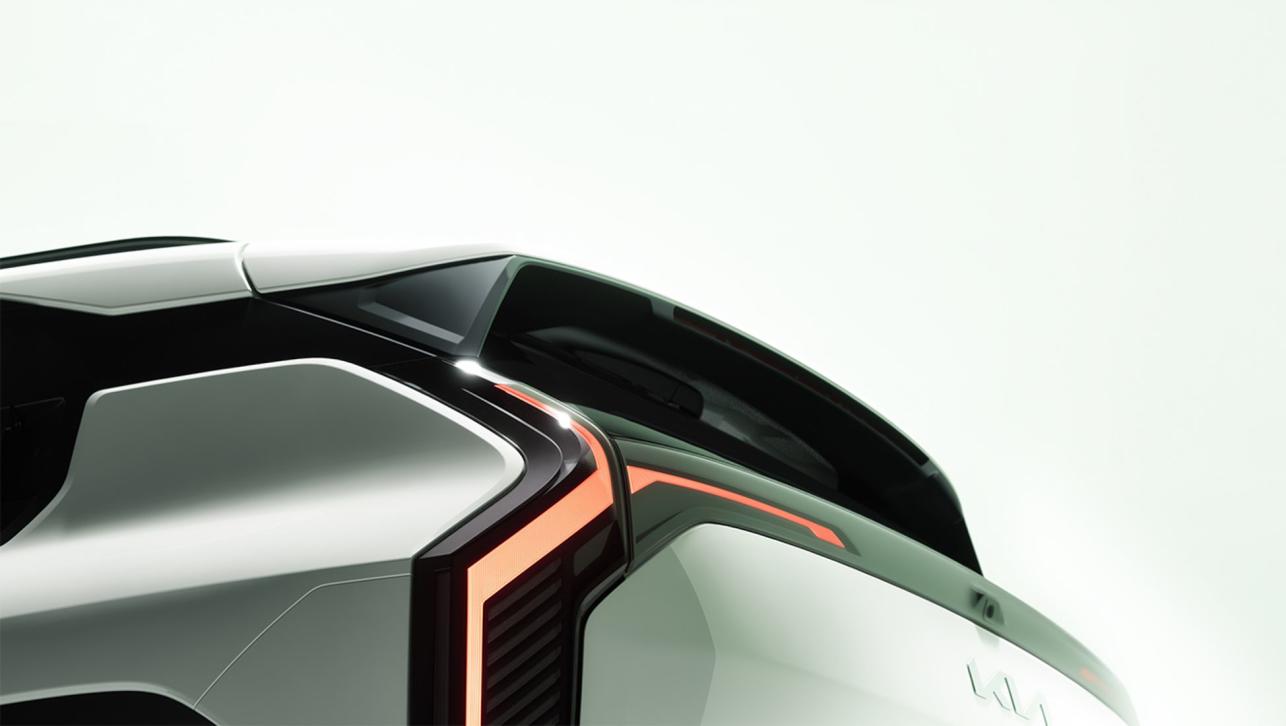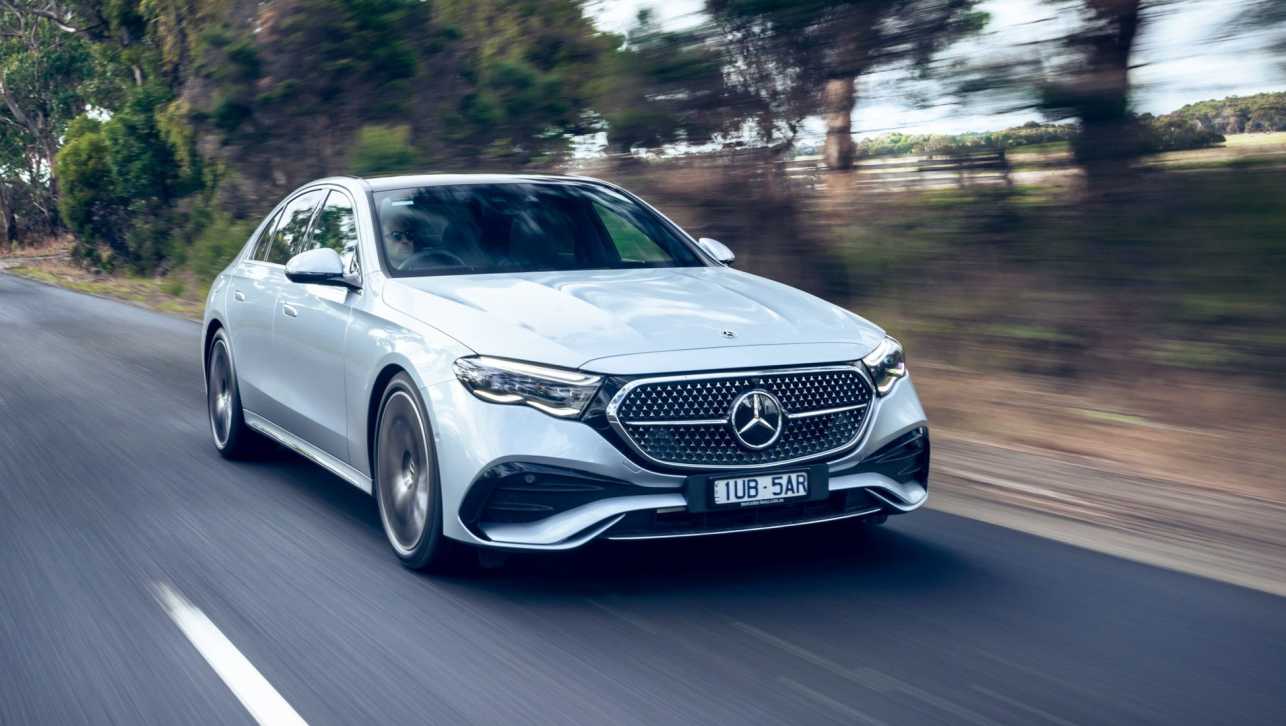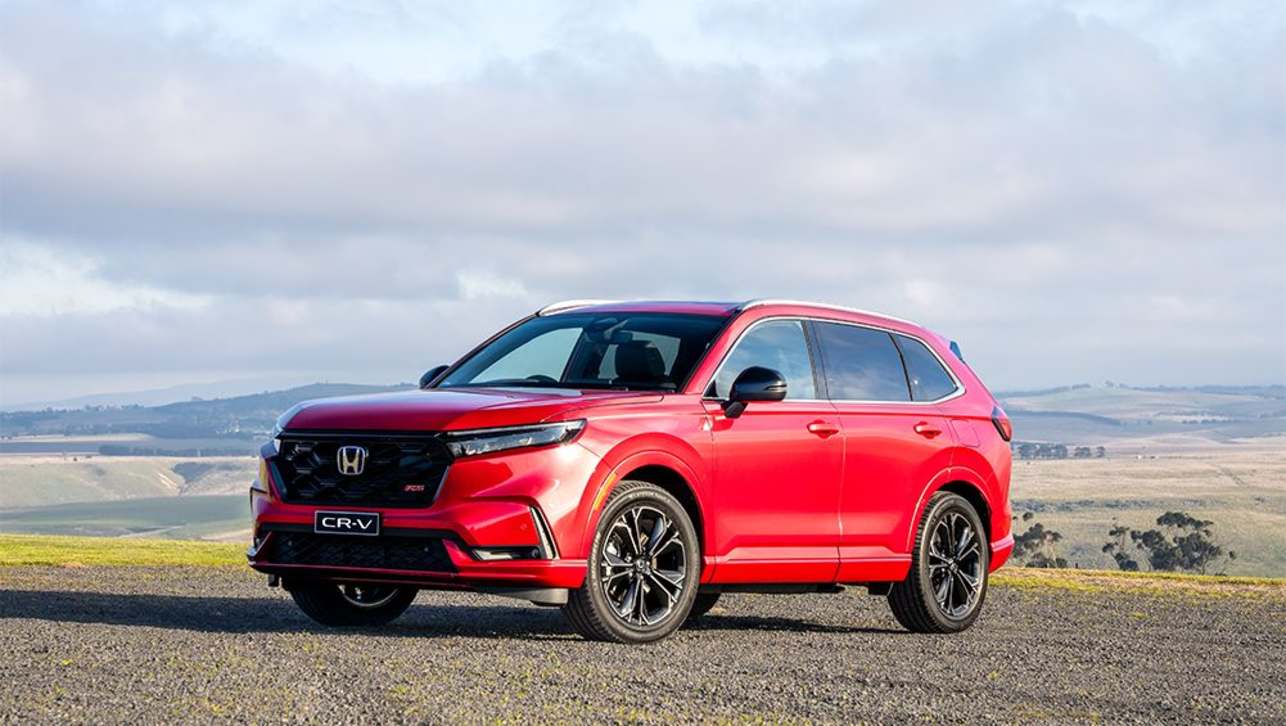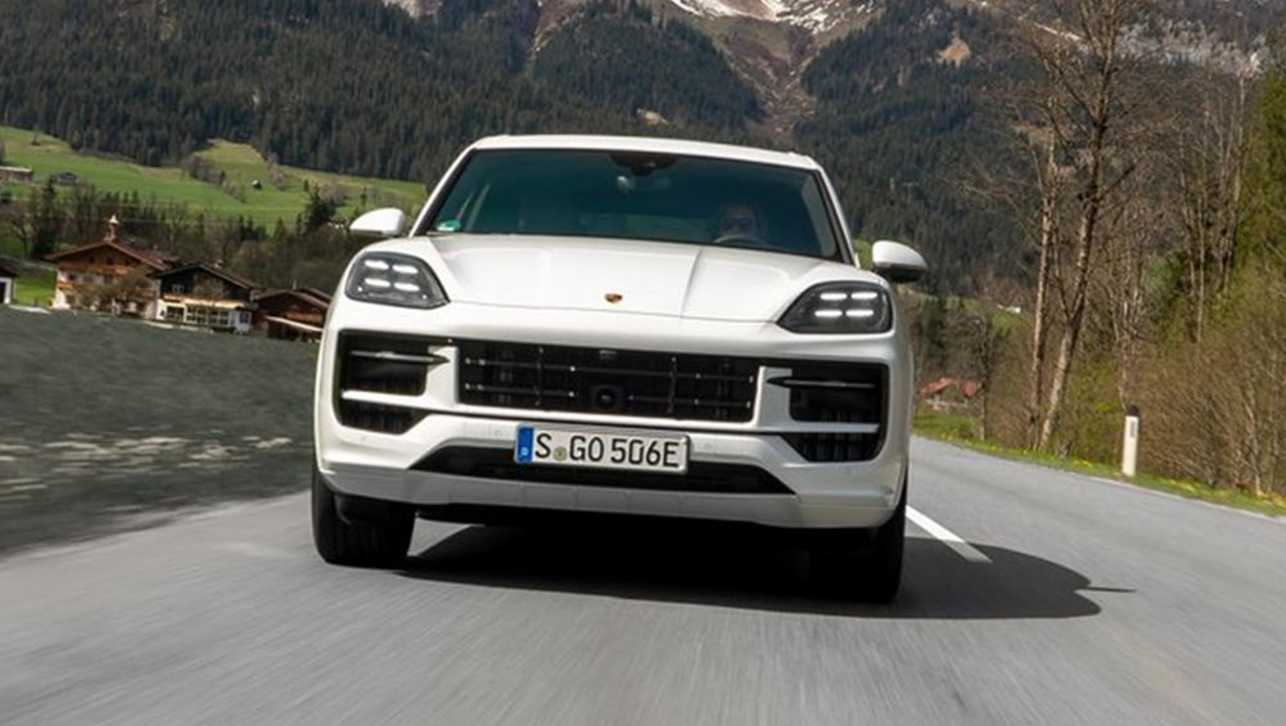In an era when carmakers are doing everything they can to reduce emissions and at least appear to be green, Porsche’s mid-life update for its Cayenne SUV represents a serious bucking of that trend - at least on the surface.
As part of the major refresh for Porsche’s large SUV, the German carmaker made big changes under the bonnet to a number of variants, but it’s the Cayenne S that cops the most curious change.
Porsche has dropped the V6 engine from the S and replaced it with a V8. And not a V8 with hybrid assistance, just a regular V8.
It’s an interesting move, particularly given Porsche was forced to drop the V8-powered Cayenne Turbo GT Coupe from its line-up in a number of markets - most significantly in Europe - due to strict emissions regulations. This version pumps out 485kW, 14kW more than the pre-facelift version, and can hit 100km/h from zero in 3.3 seconds.
So why did Porsche do this as its rivals increasingly downsize their performance engines in preparation for a fully electric future?
According to Pascal Ackermann, Product Manager for the Porsche Cayenne, there are two main reasons for this - power and emissions.
“With each step we want to increase the power of the new model,” he told CarsGuide at the Cayenne international launch in Austria. “This was also done for the Cayenne S but with the V6 we will reach the output line, so with the 2.9-litre V6, not much more power was possible. That's the first reason.
“And the second one is of course, to realise and to meet current and upcoming homologation and legal requirements based on EU seven certification.”
.jpg)
Ackermann said there was only so much more Porsche could get out of the V6 engine.
“It's also the switch from the twin turbo to the mono turbo. There has been a lot of adaption to reduce the emissions. And if you compare a V6 to a V8, and you force a lot of power out of it, the V6 is at the 80 per cent and V8 only uses 50 per cent, so it's running more efficiently in this area.”
So essentially, Porsche had squeezed as much out of the V6 as possible.
.jpg)
In the pre-facelift model, the Cayenne S with the V6 delivered 324kW and 550Nm from the 2.9-litre unit - which are still big numbers.
The new V8-powered Cayenne S produces 349kW and 600Nm - that’s 25kW/50Nm more than the V6, and the 0-100km/h dash time is down from 5.0 seconds to 4.7s.
It is thirstier than the V6 - up from 10L/100km to 12.4L - and it does emit more CO2 - 229g/km to 282g. But it’s likely that it doesn’t have an impact on overall fleet emissions. Dropping the Turbo GT has also had an impact on that.
Other V8-powered large primo SUVs that compete with the Cayenne S include the BMW X5 and X6 M60i (390kW/750Nm) and the Jaguar F-Pace SVR (405kW/700Nm).
The new Cayenne is on sale now and deliveries start in quarter three of 2023.


.jpg)

.jpg)


.jpg)



.jpg)
.jpg)



.jpg)


.jpg)
.jpg)
.jpg)

.jpg)
.jpg)
.png)




Comments